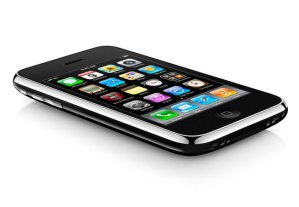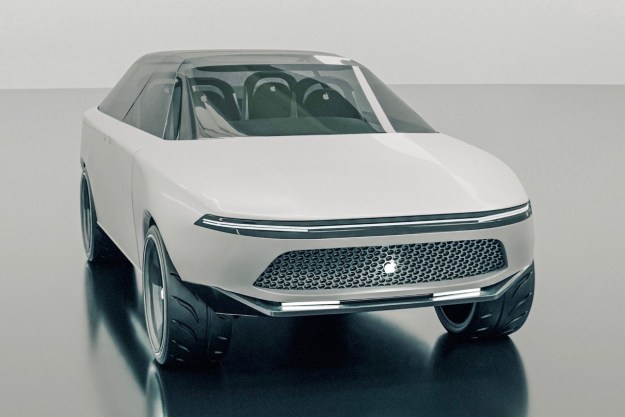
It’s a brand new year, and Finland’s Nokia is pulling no punches in its escalating patent battle with Apple: the company has just filed a complaint in federal court alleging that Apple products infringe on a myriad of “implementation patents” involving touchscreens, camera sensors, antennas, and more.
The filing marks Nokia’s third infringement filing against Apple: the first, back in October, was over GSM implemenation in the iPhone; Apple countersued on 13 patent claims of its own in early December. Then at the end of December, Nokia filed a formal complaint with the U.S. Internaional Trade Commission (ITC) alleging that “virtually all” portable Apple products infringed on Nokia patents, and calling for the ITC to ban import of all infringing devices. The new federal filing adds even more fuel to Nokia’s litigation war.
“Nokia has been the leading developer of many key technologies in small electronic devices” said Nokia’s general manager for patent licensing Paul Melin, in a statement. “This [ITC] is about protecting the results of such pioneering development.”
Some of Nokia’s specific infringement claims include the iPod click wheel and the iPhone/iPod touch’s virtual keyboard in which letters become larger during use. Nokia also claims that disabling the iPhone/iPod touch screen during a call so a user’s ear or face doesn’t press the touchscreen UI is a Nokia patented technology, and the company also claims the making phone numbers, Web sites, and email addresses clickable within email and text messages infringes on a Nokia patent. Other Nokia claims center around combining camera functions onto a single chip, mechanisms for reducing power usage in mobile devices, a means of integrating a mobile antenna around a speaker.
Apple has yet to respond publicly to Nokia’s complaints before the ITC or federal court. However, industry watchers expect the company will either retaliate in kind—unleashing a flurry of patent infringement claims against Nokia—or apply significant backroom pressure to the Finland company.
Of the (so far) three sets of complaints against Apple from Nokia, the issues put before the U.S. ITC are likely to be the first to see action: as a regulatory agency, the ITC doesn’t conduct trials, assemble juries, or have any obligation to engage in lengthy jurisprudence, so the ITC can intervene in markets relatively quickly. But given how long some of Nokia’s claims have been standing—for instance, the iPod click wheel goes back to the original iPod, and Nokia’s claimed patent covering it is over nine years old—one has to wonder how much urgency the ITC will attach to Nokia’s claims.
Editors' Recommendations
- Best Mac Mini deals: Save over $100 on an Apple desktop
- Apple has backed itself into a corner
- Why Apple’s M3 Ultra could be an absolute monster
- How Intel and Microsoft are teaming up to take on Apple
- 4 monitors you should buy instead of the Apple Studio Display


